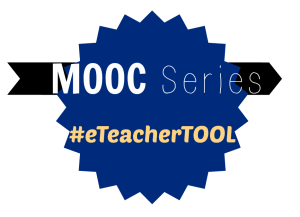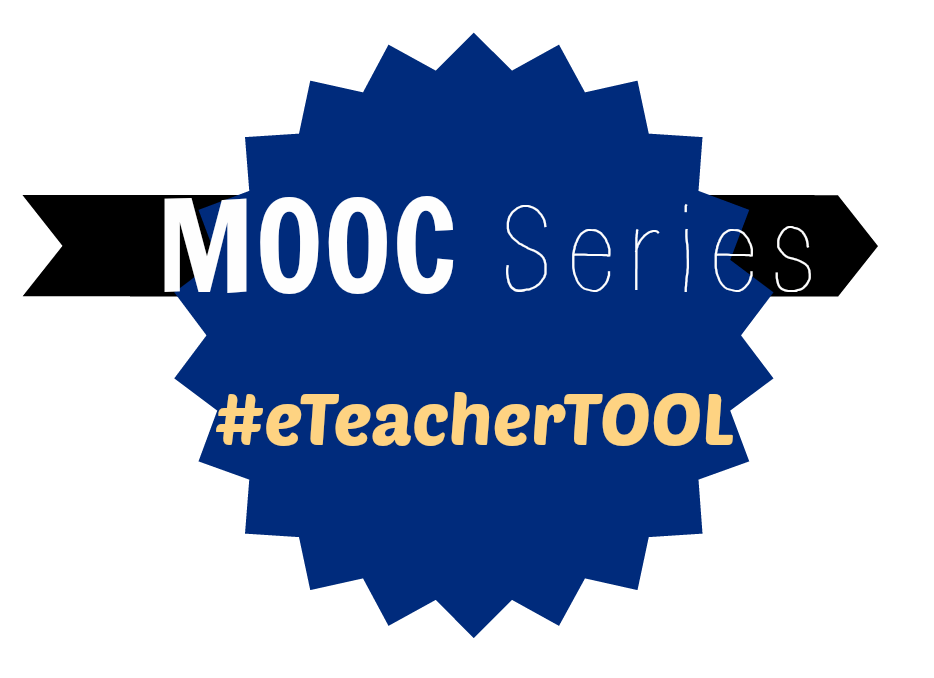This post is one in a series for a MOOC. You can find similar posts searching under the Category MOOC or searching for hashtag #eteacherTOOL for more about this particular MOOC.
 The most powerful blog post I have read in the last six months is Catlin Tucker’s My Technology Philosophy: LMS vs. Tool Belt, I am so glad you mentioned it. I have been referencing that around the office for months. The reason is ‘In Technology’ we know there is a tool to accomplish anything, the trick is to find it. Outside Technology at best – teachers are not accustomed to searching for tools, so they are not as practiced/resilient, therefore they give up easily. At worst? Well, you should just re-read my Web Tools Quest post.
The most powerful blog post I have read in the last six months is Catlin Tucker’s My Technology Philosophy: LMS vs. Tool Belt, I am so glad you mentioned it. I have been referencing that around the office for months. The reason is ‘In Technology’ we know there is a tool to accomplish anything, the trick is to find it. Outside Technology at best – teachers are not accustomed to searching for tools, so they are not as practiced/resilient, therefore they give up easily. At worst? Well, you should just re-read my Web Tools Quest post.
If you didn’t have time to follow that link, a couple of things –
First to say you are offering technology and only make it available in one manner, through an LMS, is not offering it conveniently or in a real-world context to help students learn in a digitally literate manner. Secondly, students are able to round up ever-changing appropriate tools to use for a variety of jobs – surely teachers can step up to the same challenge.
The meaning for me is that an LMS can be a powerful tool, in it’s proper place. It is an expensive hindrance if it is imposed on instruction, or if it hides resources from end users under layers within the LMS.
There are two types of audiences in education which could receive their learning via an LMS: traditional aged students and teachers. Courses such as this one focus on the content creation of the participant, using an outside/student owned technology. This course contains extensive content, but a stark minimum of tools are presented to the user: a submission box and a blog for commentary. The genius of this is that the concentration is on the content provided and the content created in the teacher’s blog. Courses for traditional-aged students include a wider variety of people and motivations and need a greater variety of tools to manage and engage. The communication, assessment, and learner tools mentioned in the blog will all need to be employed with traditional-aged student. The communication tools must present in a variety of ways for the variety of learners, and must include their guardians to assure all stakeholders are included. The assessments need to be frequent and measuring what they purport to measure to assure students are learning what they need to learn to meet expectations. Finally the learner tools are the most important to the student; this is where they gave knowledge and experience interacting with the content.






Leave a Reply